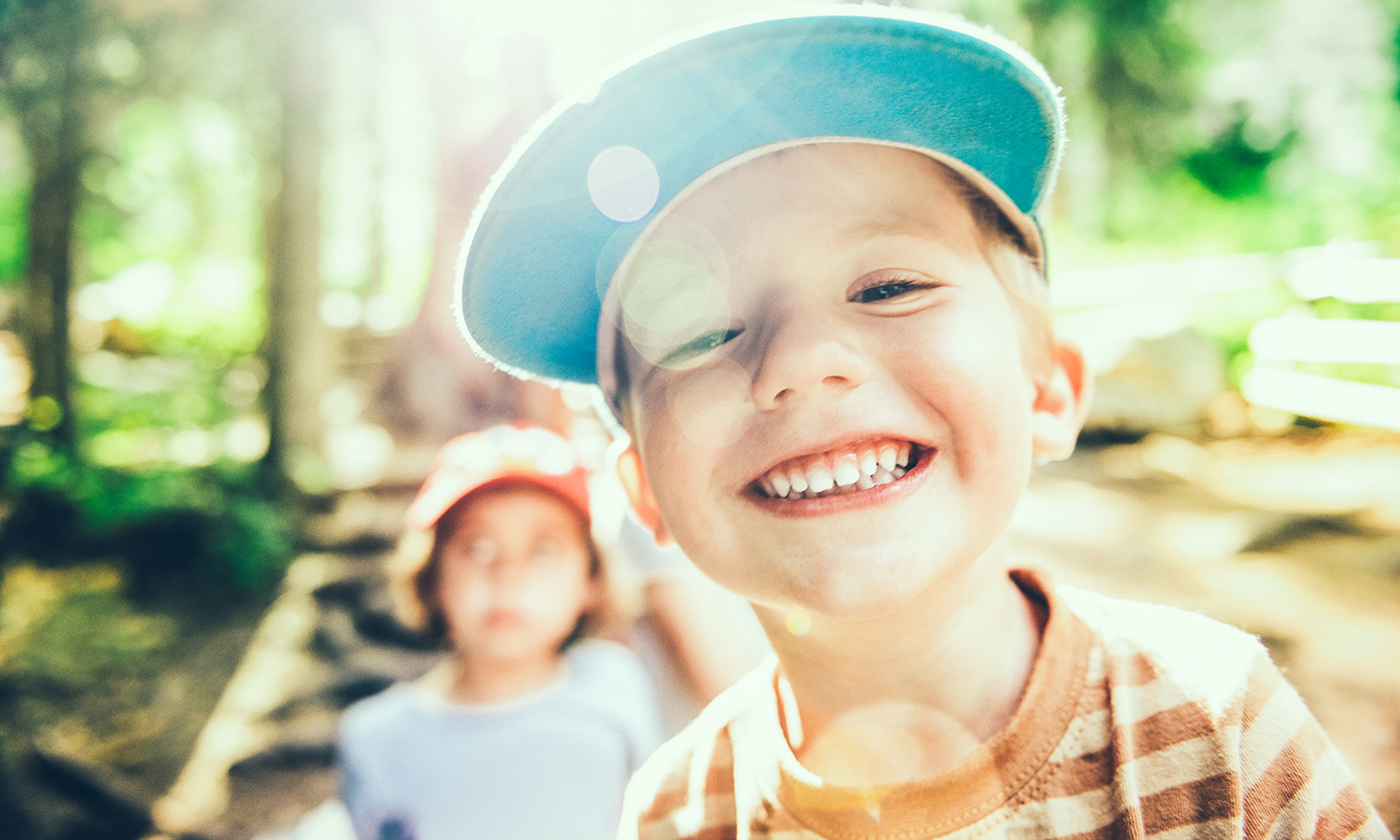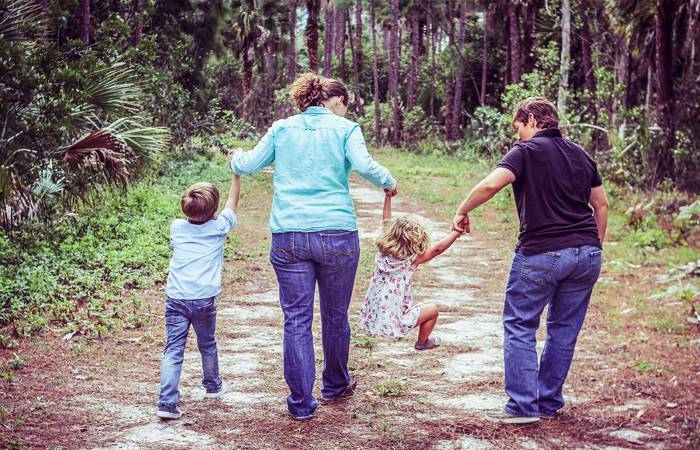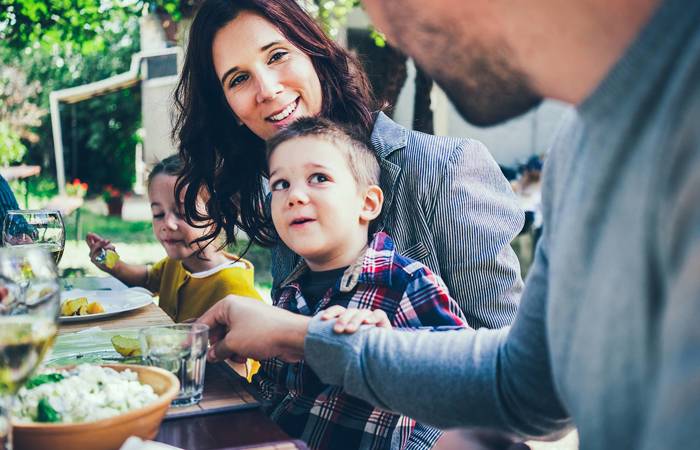Like what you see?
Sign up to receive more free parenting advice.
Thank you for subscribing to our newsletter!
Lifestyle

Credit: iStock.com/ferrantraite
The good news is most of our children are happy, healthy and safe, according to a report from the Australian Institute of Health and Welfare (AIHW), Australia’s children.
“Overall, most Australian children are doing well, and there have been improvements across time for a number of measures,” says Dr Ingrid Seebus, Project Lead, Australia’s children project.
“However, children’s experiences and outcomes can vary depending on where they live and their family circumstances.”
The report provides the latest information on how Australia’s children, aged birth to 12 years old are faring across health, education, social support, household income, finance and employment, housing, justice and safety.
“By measuring progress across a wide range of categories, the report identifies areas where improvements are being made, as well as areas where more attention is needed,” says Dr Seebus.
Australia’s children
Of the 4.7 million children aged zero to 14 years old living in Australia in 2018, 51 per cent are boys and 49 per cent are girls.
Children also made up less of the total Australian population in 2018 than they did in 1968, 19 and 29 per cent respectively.
The report says that one in 17 children identified as Aboriginal and Torres Strait Islander, one in five children lived in the lowest socioeconomic areas, one in 14 had a disability and around one in five lived in single parent families.
In 2017, most parents (79 per cent) regularly, three or more days per week, share stories with their children aged zero to two.Dr Ingrid Seebus
The first five years
According to the report, in 2017 fewer pregnant mothers smoked or drank alcohol compared to previous years, however there are stark differences when broken down by regions.
“Between 2011 and 2017, the proportion of women who smoked during the first 20 weeks of pregnancy fell from 13 per cent to 9.5 per cent,” says Dr Seebus.
However, she explains that mothers living in major cities had considerably lower rates of smoking at 7.2 per cent, than those living in remote and very remote areas (18 per cent and 34 per cent respectively).
“Overall, fewer women drank during pregnancy in 2016 (35 per cent) than in 2013 (42 per cent),” she says.
Mothers in major cities were more likely to drink during pregnancy, at 38 per cent, than mothers in inner regional areas, at 24 per cent.
The report found that between 2017 and 2018 around six in 10 infants were exclusively breastfed to at least four months, with exclusive breastfeeding being more common in couple families (64 per cent) than in single parent families (46 per cent) and more common in high socioeconomic families.
Dr Seebus points out that over the last decade, immunisation rates have been stable with 91 per cent of children aged two years old being fully immunised in 2018.
Australia’s aspirational target for childhood immunisation coverage is 95 per cent.
Early learning and our children
When it comes to reading to our children, we are getting better.
“In 2017, most parents (79 per cent) regularly, three or more days per week, share stories with their children aged zero to two,” says Dr Seebus.
“Over the last decade, this has increased for both children in two parent and single parent families.
“More children in inner regional areas (88 per cent) were read to regularly than those in major cities (78 per cent).”
When it comes to learning and development, Australian children are faring well.
“In 2017, around three in five children aged zero to four years old usually attend some form of childcare,” says Dr Seebus.
According to an OECD 2016 report on Early Childhood Education, Australia’s participation in formal childcare is on average in the international domain.
“The AIHW report found that in the year before full time school, 90 per cent of eligible children were enrolled in a preschool program in 2017,” says Dr Seebus.
The report highlights that, “Aboriginal and Torres Strait Islander children were more likely to be enrolled in a preschool program in the year before primary school than non-Indigenous children in 2017 (95 per cent of Indigenous children compared with 90 per cent of non-Indigenous children)”.
Under the COAG Closing the Gap framework, Australian governments collaborate to deliver better health, education and employment outcomes to improve the lives of Aboriginal and Torres Strait Islander Australians.
“The COAG Closing the Gap target to have 95 per cent of Indigenous four-year-olds enrolled in early childhood education in the year before full-time schooling (by 2025) was on track for 2017,” says the report.
When it comes to starting school, in 2018, around four out of five children are ready for school.
The report says in the last decade, “the proportion of children who were developmentally vulnerable on school entry rose for two Australian Early Development Census domains – physical health and wellbeing and social competence – and fell for three domains – emotional maturity, language and cognition and communication and general knowledge”.
Dr Seebus adds that, “children living in very remote areas were more than twice as likely to be developmentally vulnerable on one or more AEDC domains as children in major cities”.
“The proportion of children living in the lowest socioeconomic areas who were developmentally vulnerable on one or more domains was twice that of those in the highest socioeconomic areas,” she says.
The report adds that boys were more likely to be developmentally vulnerable than girls across all domains particularly emotional maturity.
Youth homelessness
The report outlines that in 2016, 19,400 children under the age of 15 were homeless on census night, with Aboriginal and Torres Strait Islander children around 10 times as likely to be homeless as non-Indigenous children.
“Research has found that preschool and school-aged children experiencing homelessness are more likely to experience mental health problems than housed children,” says Dr Seebus.
“Some research suggests that homeless children are more likely to have a physical disability or emotional or behavioural problems than housed children.
“Food insecurity is also frequently reported by young people experiencing homelessness, putting them at increased risk of adverse health outcomes.”
Australia’s Children is AIHW’s first comprehensive report on children since 2012.
Descriptions of the AEDC developmental domains:
- Physical health and wellbeing: Children’s physical readiness for the school day, physical independence and gross and fine motor skills.
- Social competence: Children’s overall social competence, responsibility and respect, approach to learning and readiness to explore new things.
- Emotional maturity: Children’s pro-social and helping behaviours and absence of anxious and fearful behaviour, aggressive behaviour and hyperactivity and inattention.
- Language and cognitive skills (school-based): Children’s basic literacy, advanced literacy, basic numeracy, and interest in literacy, numeracy and memory.
- Communication skills and general knowledge: Children’s communication skills and general knowledge based on broad developmental competencies and skills measured in the school context.







